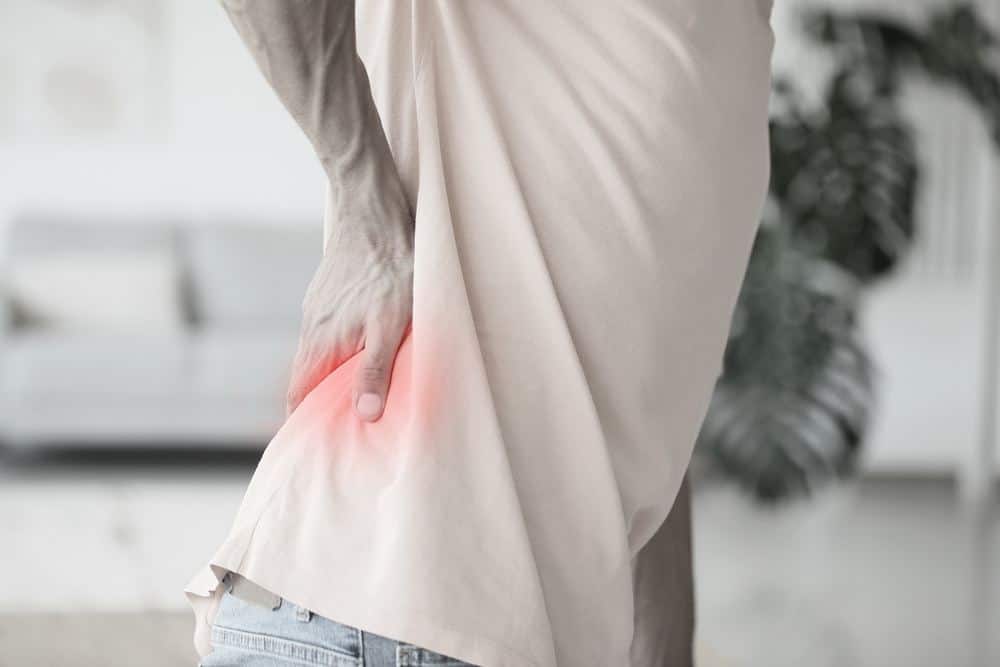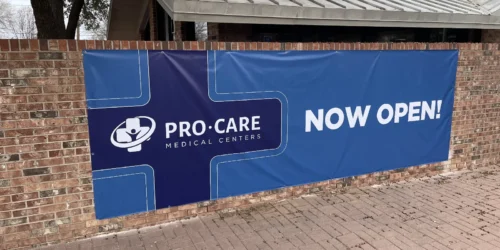Spinal decompression therapy is a non-invasive treatment that can help alleviate your back pain and treat a wide variety of spinal conditions. Medication and surgery are not always necessary or effective in treating back pain and promoting healing. Spinal decompression aims to relieve your pain and other symptoms caused by a spinal condition. This therapy works by gently stretching the spine to create negative pressure in the area and promote healing. Spinal decompression can be done using various techniques, and this therapy may be utilized at your chiropractic appointments. Here’s what you need to know about spinal decompression therapy, including what to expect, how often you should do spinal decompression therapy, and how long it can last.
What Is Spinal Decompression?

Spinal decompression therapy involves stretching the spine, which creates negative pressure inside the spinal discs, which can cause a bulging or herniated disc to retract. This negative pressure also draws in oxygen, water, and other nutrients to the affected area, promoting healing. This non-invasive treatment can be performed manually or with the use of a specialized table or device. Spinal decompression therapy is beneficial because it can help alleviate back pain, reduce inflammation, and improve the overall function of the spine. Unlike invasive treatments such as surgery, spinal decompression therapy does not require incisions, anesthesia, or lengthy recovery times, which makes it a safe and effective alternative for many people who suffer from back pain or spinal conditions.
How Spinal Decompression Works
There are several types of spinal decompression therapy, and each has its own unique approach to relieving pain and other symptoms caused by spinal conditions. Here are two of the most common types of spinal decompression therapy.
Manual Traction
Manual traction for spinal decompression refers to how a healthcare practitioner manually applies a gentle pulling force to the spine. The practitioner may use their hands or a harness to provide traction. During manual traction, you may lie on a table or sit in a chair while your doctor gently pulls your head, neck, or other parts of the spine to stretch the spine and relieve pressure on the affected area.
Mechanical Traction
This type of spinal decompression therapy involves the use of a specially designed table that can apply a gentle pulling force to the spine, known as traction. During mechanical traction, you will lie down on the table while a harness is placed around the hips. The table then moves, pulling your body in a safe and controlled manner. This stretching of the spine creates negative pressure inside the discs, promoting the retraction of bulging or herniated discs and helping to relieve back pain.
Conditions Spinal Decompression Treats

Spinal decompression therapy is used to treat a variety of conditions that affect the spine and can cause pain, discomfort, and limited mobility. The spine is made up of bones called vertebrae that are separated by spinal discs, which act as shock absorbers and cushioning between the bones. The spine also contains various nerves, muscles, and ligaments that help support and control the movement of the body. Some of the most common conditions that spinal decompression therapy can treat include:
Bulging Disc
A bulging disc is a spinal condition in which the outer layer of a spinal disc becomes weakened and begins to protrude outwards while the inside of the disc remains contained. This can cause pressure on nearby nerves and result in pain, numbness, or weakness in the affected area.
Herniated Disc
A herniated disc, on the other hand, occurs when the outer layer of a spinal disc becomes torn or ruptured, allowing the gel-like inside to leak out and press on nearby nerves. This can cause more severe symptoms than a bulging disc, including intense pain, numbness, tingling, and weakness.
Degenerative Disc Disease
Degenerative disc disease is a spinal condition that occurs when the spinal discs lose their ability to absorb shock and provide cushion to the vertebrae, which can lead to pain and stiffness in the back. Spinal decompression therapy can help restore the natural function of the discs and reduce pain and stiffness.
Spinal Stenosis
Spinal stenosis refers to a spinal condition that can occur when the spinal canal narrows, putting pressure on the spinal cord and nerves. Spinal decompression therapy can help alleviate pressure on the affected nerves and reduce pain, numbness, weakness, and other symptoms.
Facet Joint Syndrome
Facet joint syndrome is a spinal condition that occurs when the joints that connect the vertebrae become inflamed or damaged, which results in pain and stiffness in the back. Spinal decompression therapy can help alleviate pressure on the affected joints and reduce pain and stiffness.
What to Expect with Spinal Decompression Therapy
Before undergoing spinal decompression therapy, your doctor will review your medical history, perform a physical exam, and may also order imaging tests such as X-rays or MRI scans. This will help them determine if you are a good candidate for spinal decompression therapy. During spinal decompression therapy, you will lie down on a table, and a harness will be placed around your hips. Depending on the type of spinal decompression therapy, you may experience a gentle pulling or stretching sensation as the table or device applies traction to your spine.
Spinal decompression therapy sessions can last between 20 and 45 minutes and may be repeated multiple times over the course of several weeks. After a spinal decompression therapy session, you will be able to get back to your normal activities. You may experience some mild soreness or discomfort in the treated area, but this should subside within a few days. Your chiropractor may also recommend stretching or exercises to help improve your range of motion and promote healing.
How Long Spinal Decompression Lasts
The frequency of spinal decompression therapy will depend on your specific spinal condition and the type of therapy you receive. In general, spinal decompression therapy may be performed several times a week over a period of several weeks or months, depending on the severity of your condition and how your body responds to treatment.
Your chiropractor will monitor your progress and can always adjust the frequency and duration of the therapy as needed. After completing a course of spinal decompression therapy, your chiropractor may recommend maintenance treatments to help support healthy functioning and prevent your symptoms from reoccurring. In addition to spinal decompression therapy, it is important to maintain a healthy lifestyle and follow your healthcare provider’s instructions for exercise, nutrition, and other self-care strategies to help support the health of your spine and overall well-being.
Visit a Pro-Care Medical Center near you for spinal decompression for spinal stenosis or another source of back pain. Our team of chiropractors and spine specialists will provide you with a detailed treatment plan that can include spinal decompression therapy to help relieve your symptoms and help you return to your regular activities safely and swiftly. Book a spinal decompression with Pro-Care by calling us or scheduling an appointment online.



